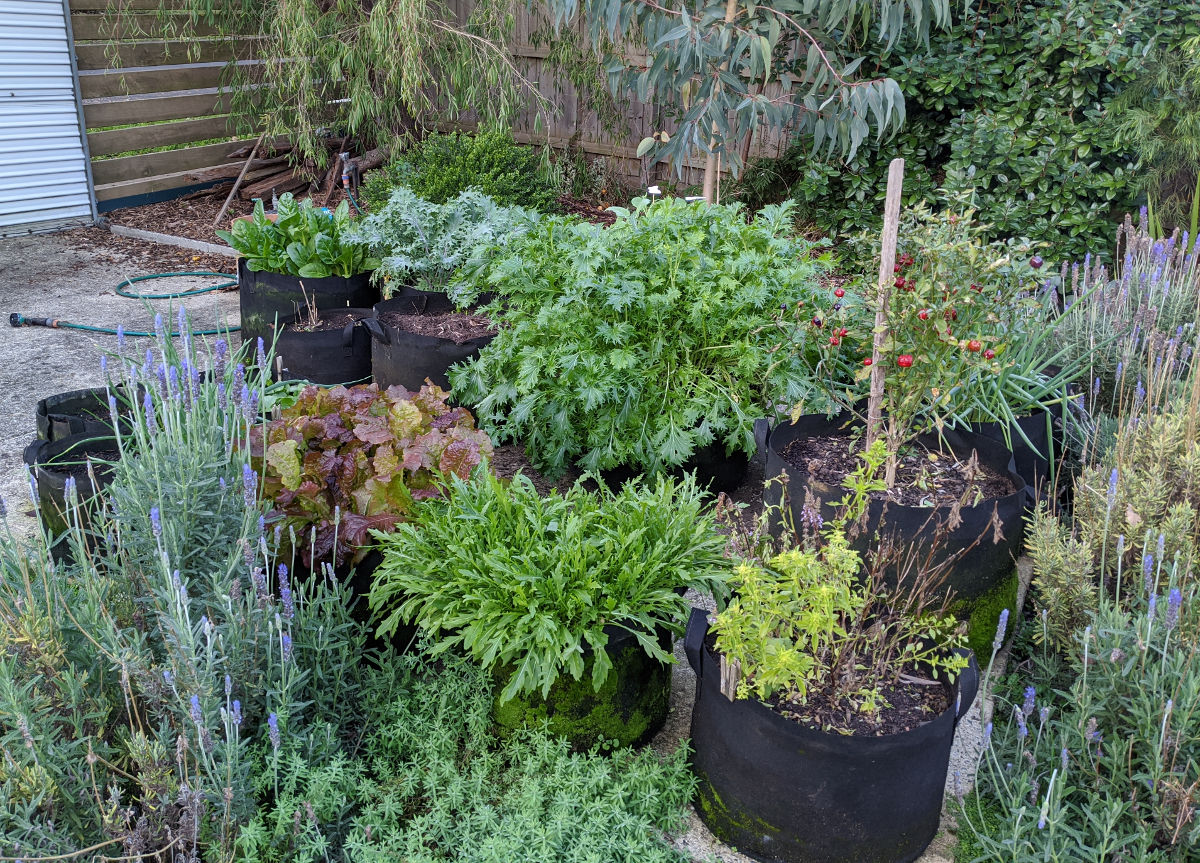As the crisp mornings of autumn give way to the deeper cool of winter, most veggie gardeners are starting to think about taking a well-earned rest. But while it's a great idea to kick back and take stock of your year's growing achievements, there's still plenty to be done in the garden even at this time of year.
The pace of growth may be slow in June, and for some plants the season is over altogether, but for other crops the cool temperatures are bringing them into their prime. Many veggies are now converting their starches into sugars for a sweeter, tastier harvest, so it's time to take in the results as they're ready. What's more, tender crops like lettuce, mustard greens, and hardy herbs will appreciate the final retreat of harsh sun and high humidity, becoming more productive now than at almost any other time of year.
Sprouts
But if the weather is cold enough to put a stop to outdoor growing altogether, there's still a way to put fresh produce on your table. June is the perfect time to take your gardening indoors by sprouting seeds for a speedy indoor harvest. Our article here tells you all you need to know.
What to Sow Now
If you still have room for winter crops in your garden, there are still some great options to plant now. Fast maturing leafy-green crops such as mustard greens, spinach, mizuna and corn salad all still have plenty of time to grow before the spring season.
Sowing peas and broad beans now gives the germinated seedlings time to develop a healthy root system over winter, giving spring growth a head start for an earlier crop and heavier yields.
For a quicker crop for your table, scattering radish seeds will produce tasty, peppery globes in as little as four weeks, without the risk of bolting which happens so easily in summer.
In flower beds and borders, Baby's Breath or Gypsophila seeds can be scattered or sown. Plant's produce stunning displays of tiny white/pink flowers that are ideal for cut or dried flower arrangements.
Click the links below for a larger list of seeds that can be sown now in each climate.
▩ Cold Climate: Tasmania, Melbourne, Mt Gambier, Canberra, etc.
▩ Moderate Climate: Sydney, Perth, Adelaide, etc.
▩ Warm Climate: Brisbane, Bundaberg, Carnarvon, etc.
▩ Tropical Climate: Broome, Darwin, Cairns, Townsville, etc.
▩ Not sure which climate? Click here.
Gardening Tips for June
Final Clear Up: Try to clear up your empty beds before the winter fully sets in, removing all organic debris to the compost heap. Neat and tidy beds reduce the opportunities for pests to overwinter, and can drastically reduce the problems you'll have next year.
Composting: If you've not already got into the composting habit, winter is the time to get started. All your garden waste can be turned into nutritious compost over the cooler months, giving your seedlings a head start when the season turns again. Many local councils offer incentives to take up composting and reduce the load on waste disposal services, so check to see if there's anything available in your area.
Watering: As the weather cools, plants need less watering. Cut back on your usual regimen, particularly for plants in containers, so that there's no excess water pooling that could freeze in a sudden frost.
Soil Drainage: The seasonal increase in rainfall can point out areas where drainage is a problem. If you see standing water on the surface of your beds, particularly if your soil is a heavy clay, try digging a combination of gypsum and rotted organic matter into the soil to improve its drainage qualities for the year to come.
Sunlight: Unless a plant goes fully dormant in the winter, it will still need some sunshine over the cooler months, and the shorter days mean planning a plant's location is more important than ever. Try moving container plants to where they can make full use of the light that's available, and sow any winter crops in your sunniest spots to ensure they get the full six hours a day that most veggies need.
Overwintering and Frost: Other plants may need protection against potential frosts, even if they've entered winter dormancy. If frosts are a risk in your area, move tender container plants to a more sheltered location, either indoors, on a veranda, or simply against a north-facing wall. Perennials in the open soil can be protected with cloches, bags, plastic covers, horticultural fleece or similar. More info.
Dealing with Frost Damage: But if you're caught unawares and an early frost damages any plants, hold back on pruning the damaged parts until spring. Keeping the frost-burned foliage in place will help protect the plant against any cold snaps to come.
Potting On: June is also a good time to repot plants which are outgrowing their containers. They'll have a chance to settle in to their new tubs before spring, and the extra fresh compost will give a nutrient boost for when growth returns.
Survey Your Garden: Lastly, one of the best things to do in winter is to take a good look around your garden without the distraction of tending to summer growth. Can you improve its layout, maybe move your patches around to make the most of light, shade, and shelter? This could involve a few new raised beds or even some major landscaping work, but either way, June's a good time to start planning so your projects can be finished before the warmer weather returns.
Whether your winter is packed with cool-season crops or you take time out relax and recuperate, June is the month to look back in satisfaction of the year's achievements, and also forward in anticipation of the growing season to come.






